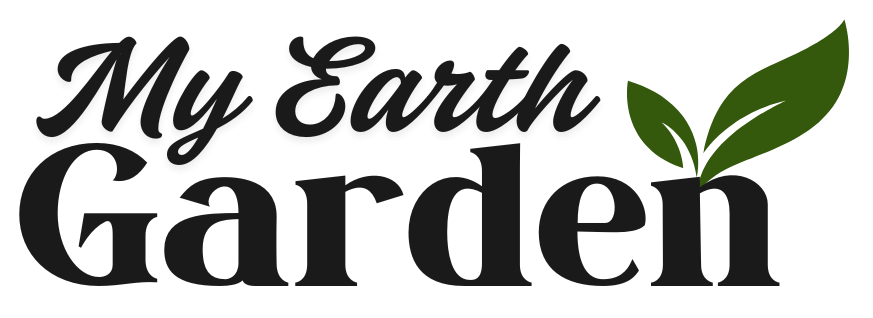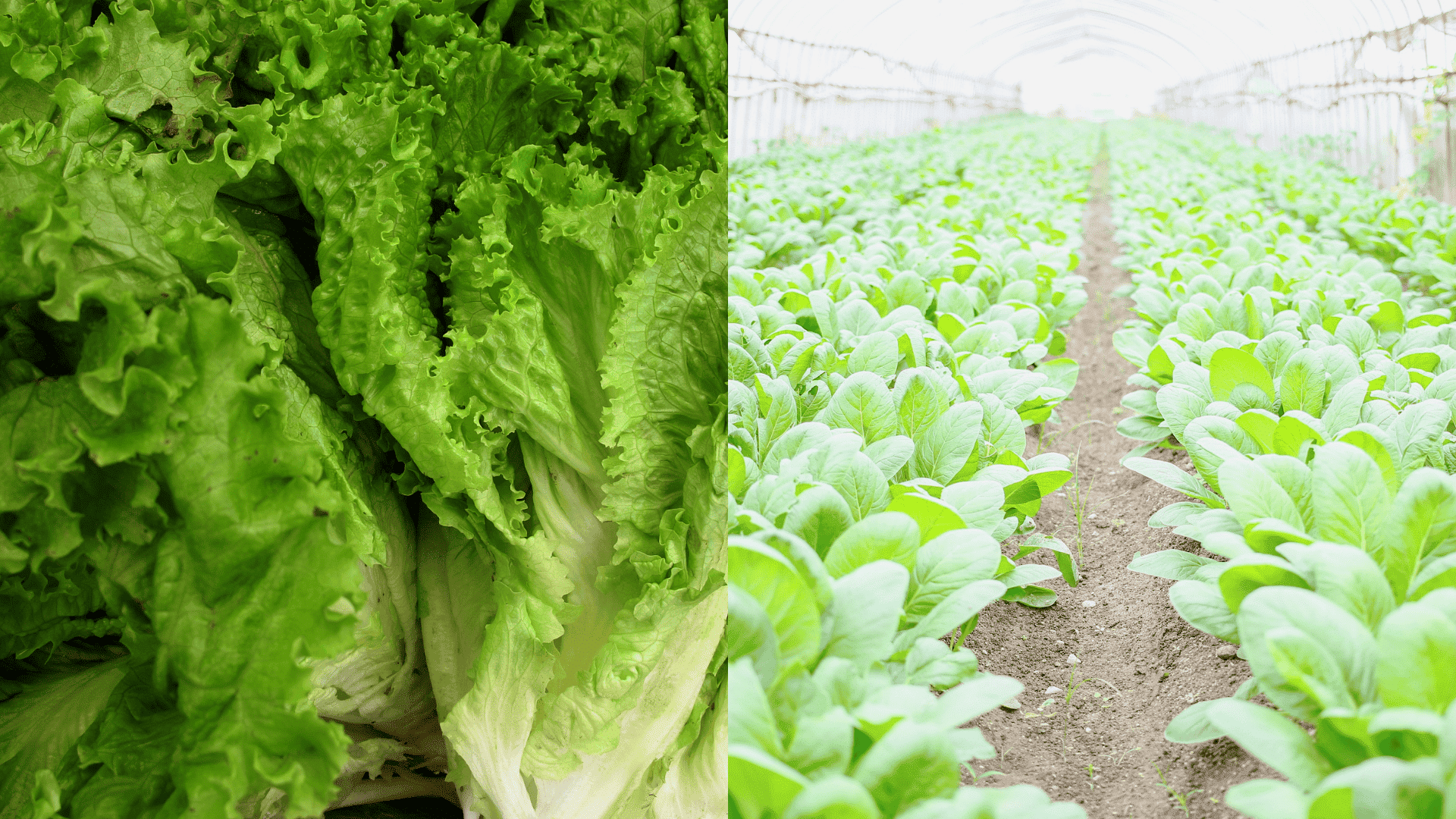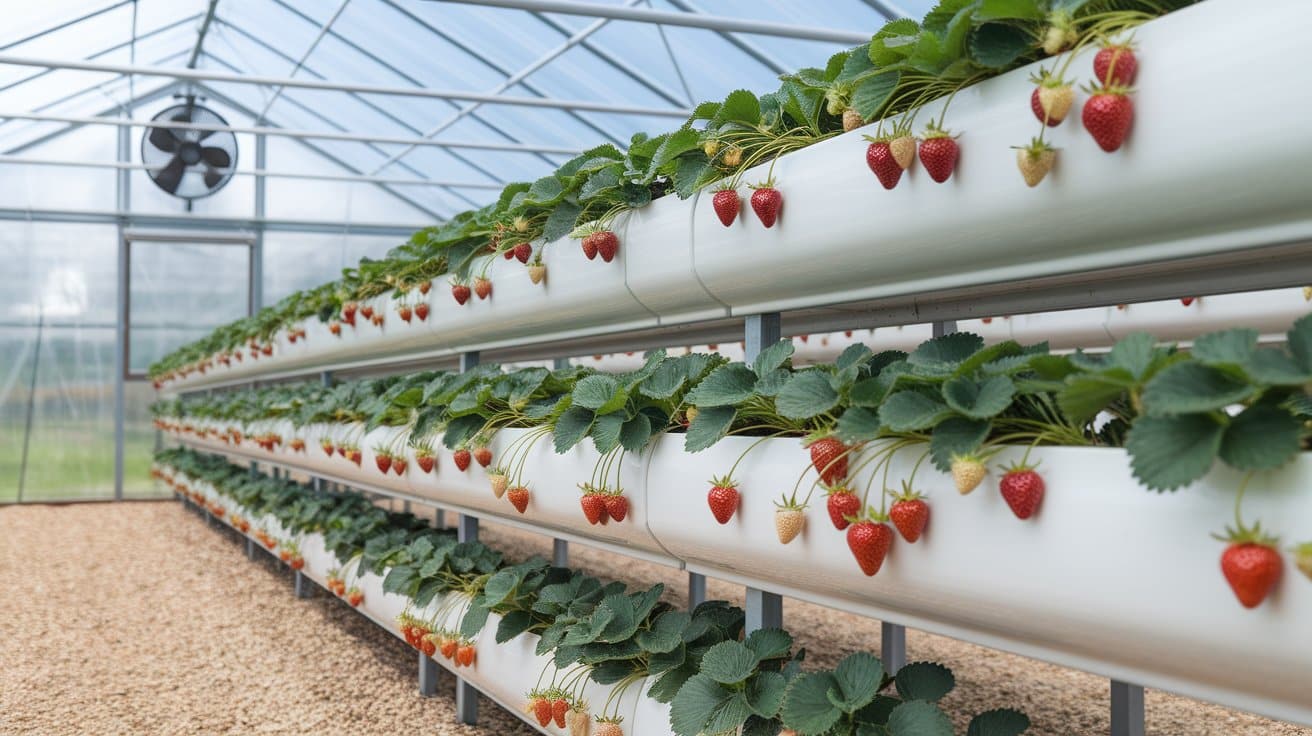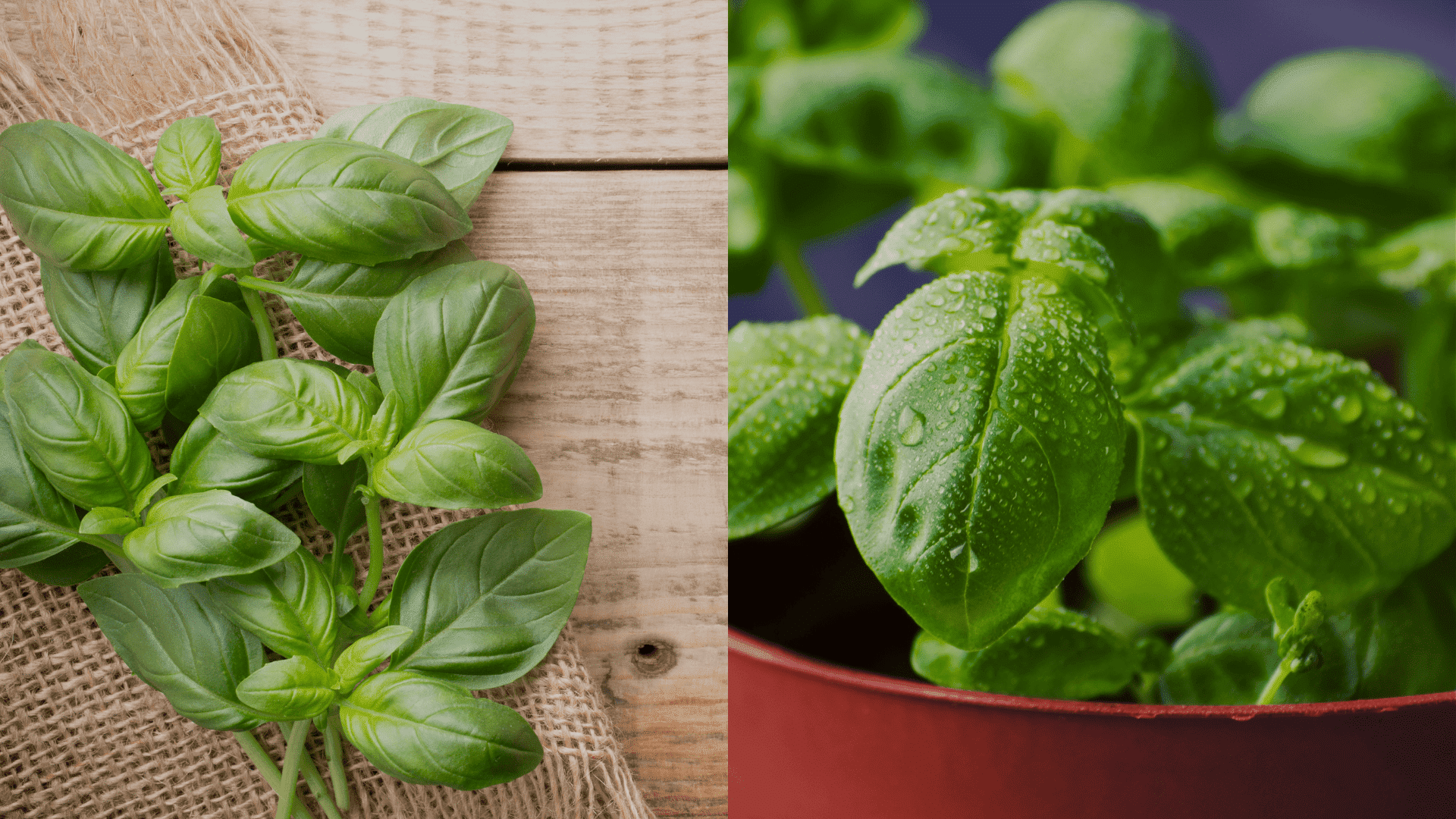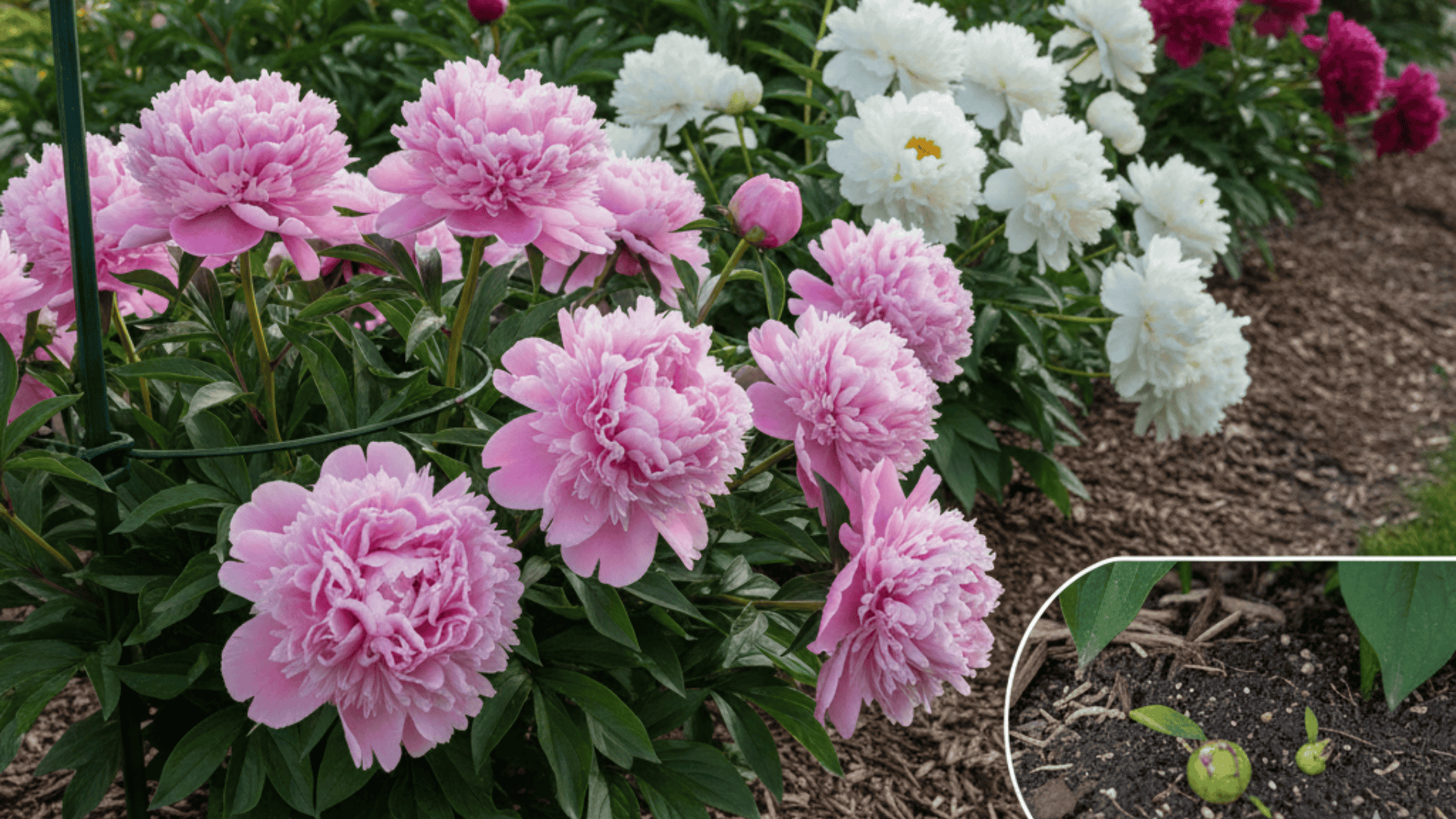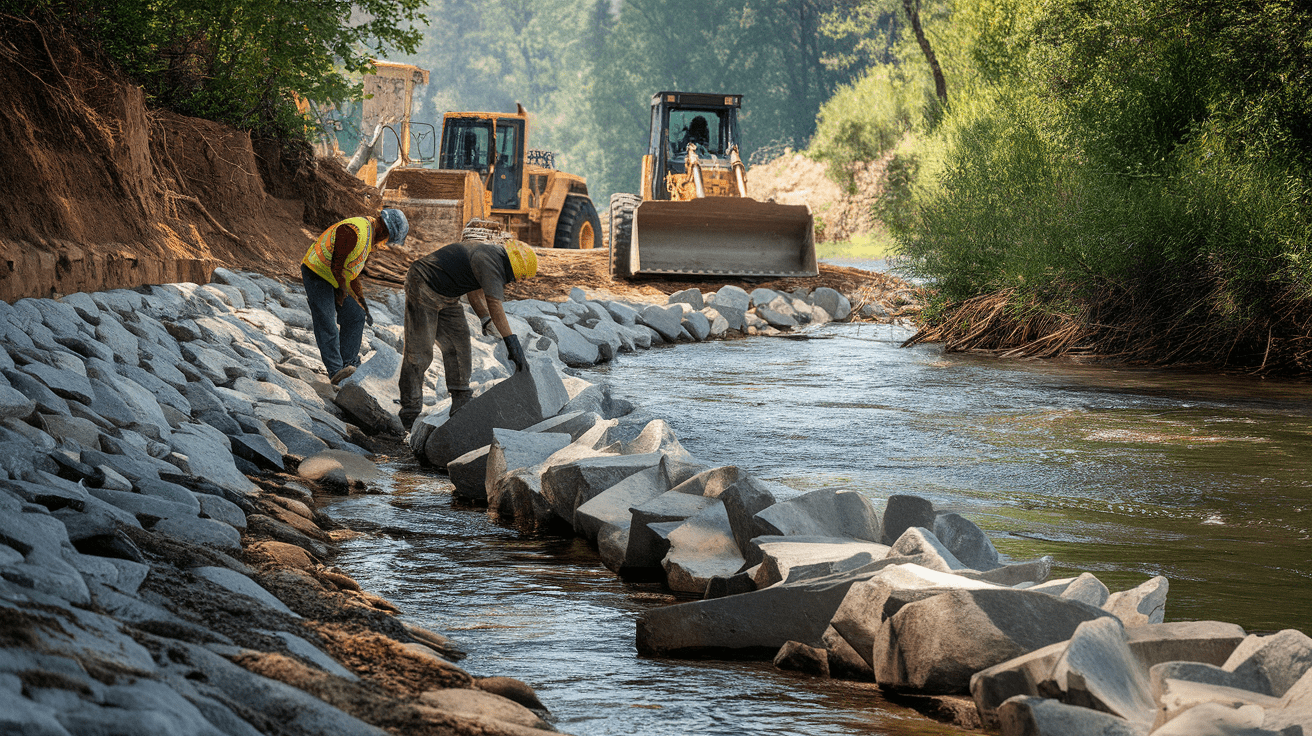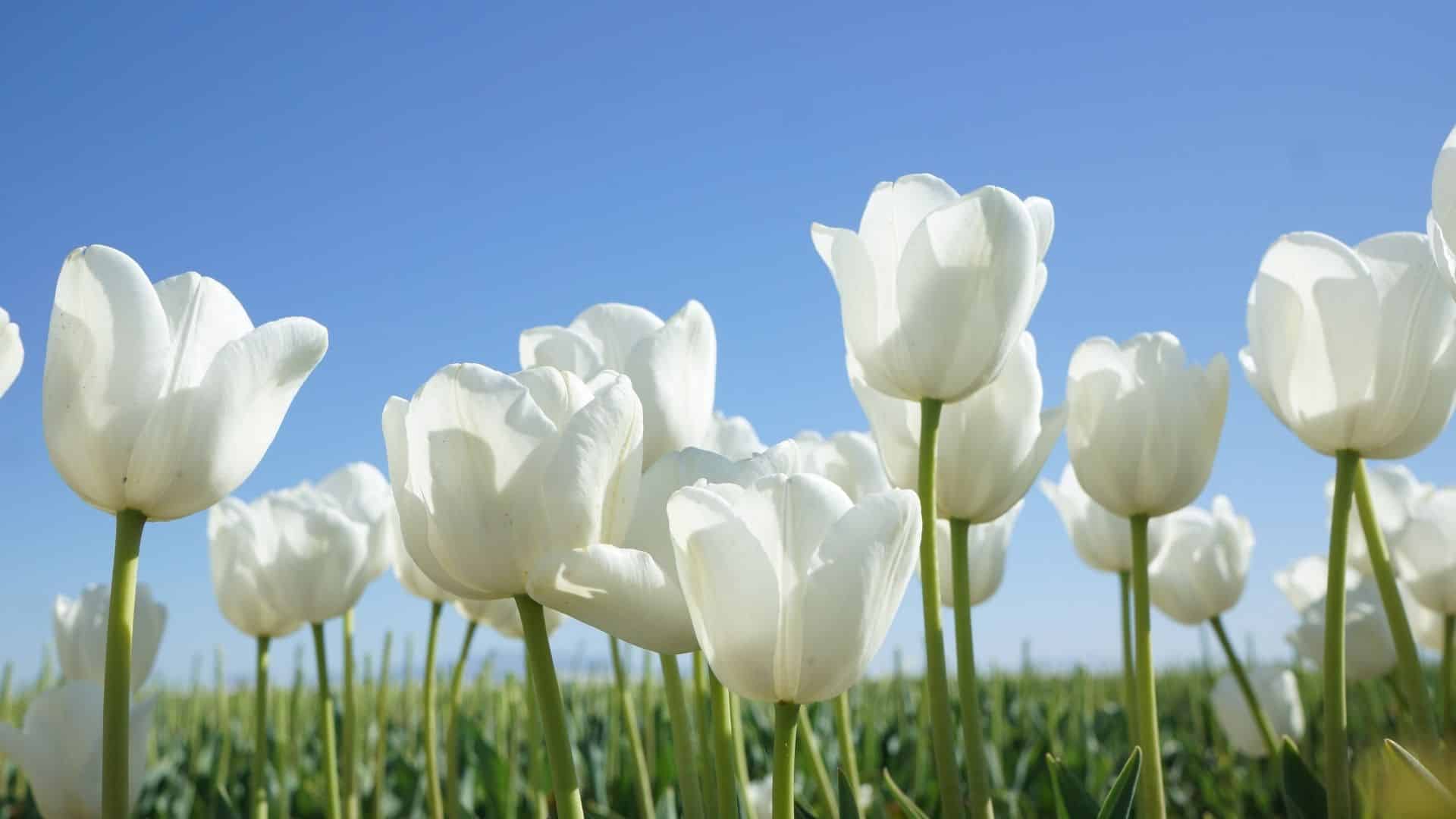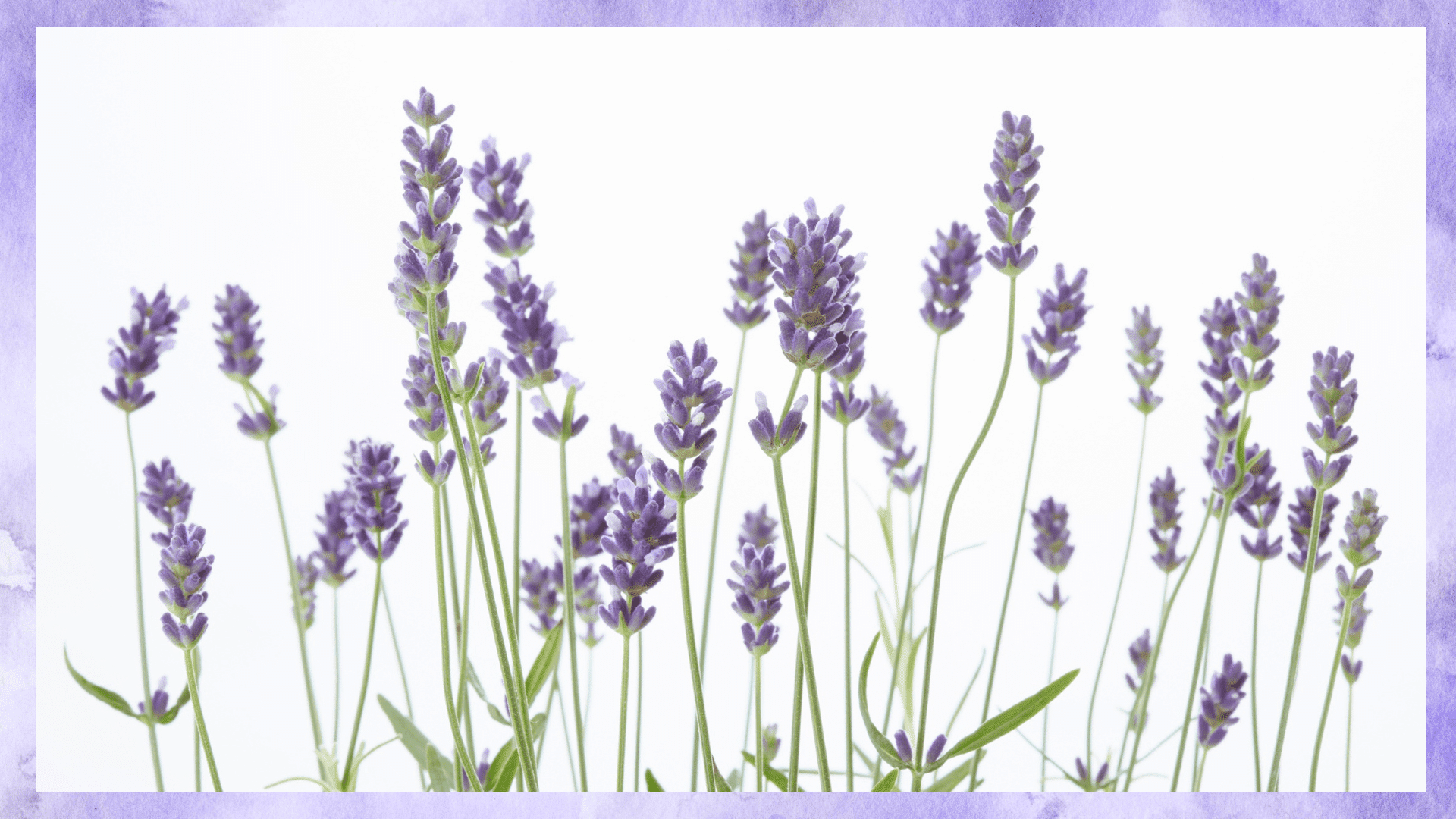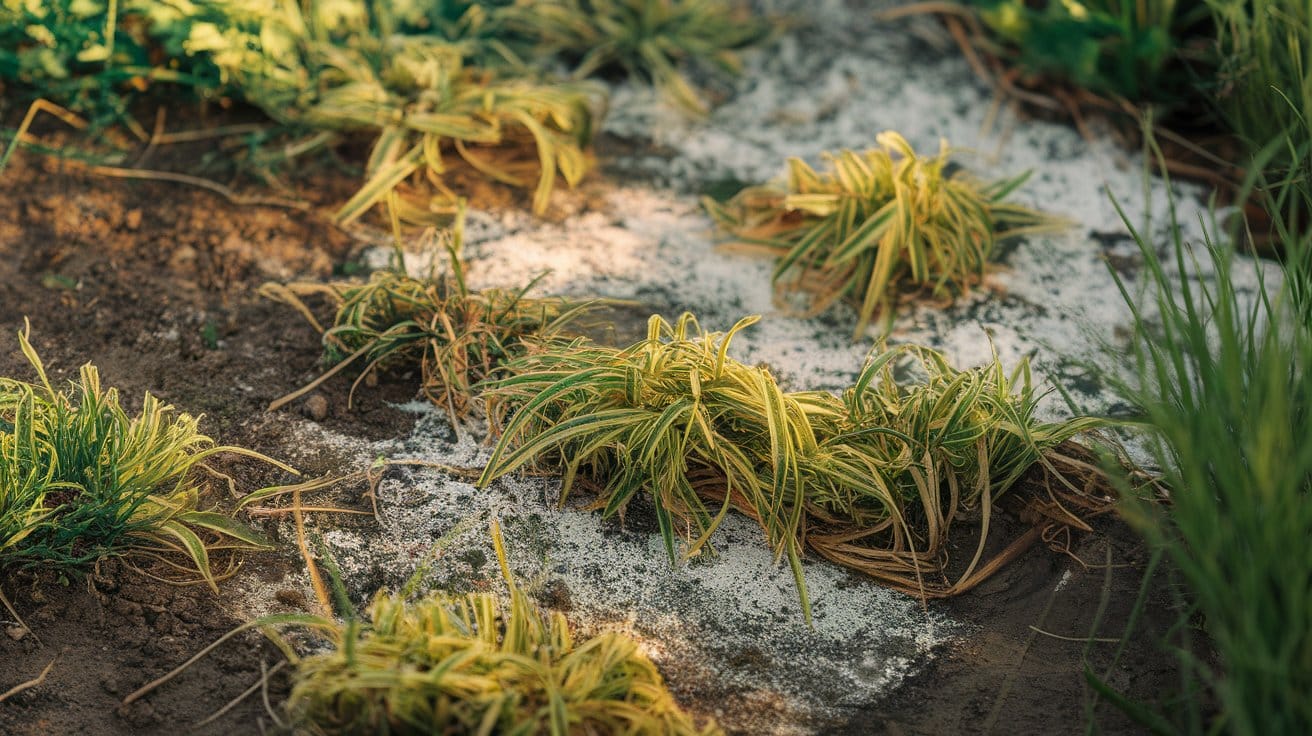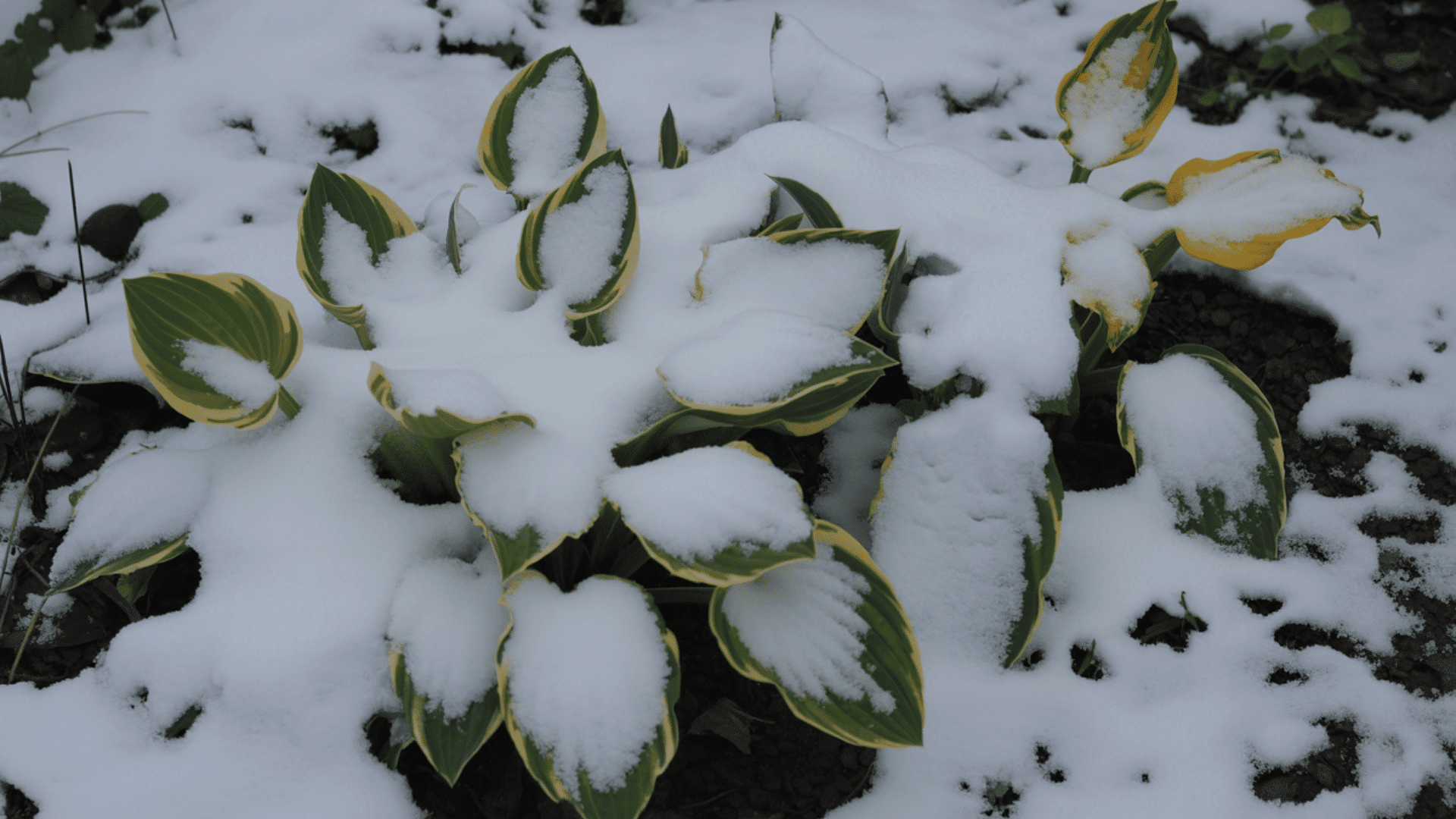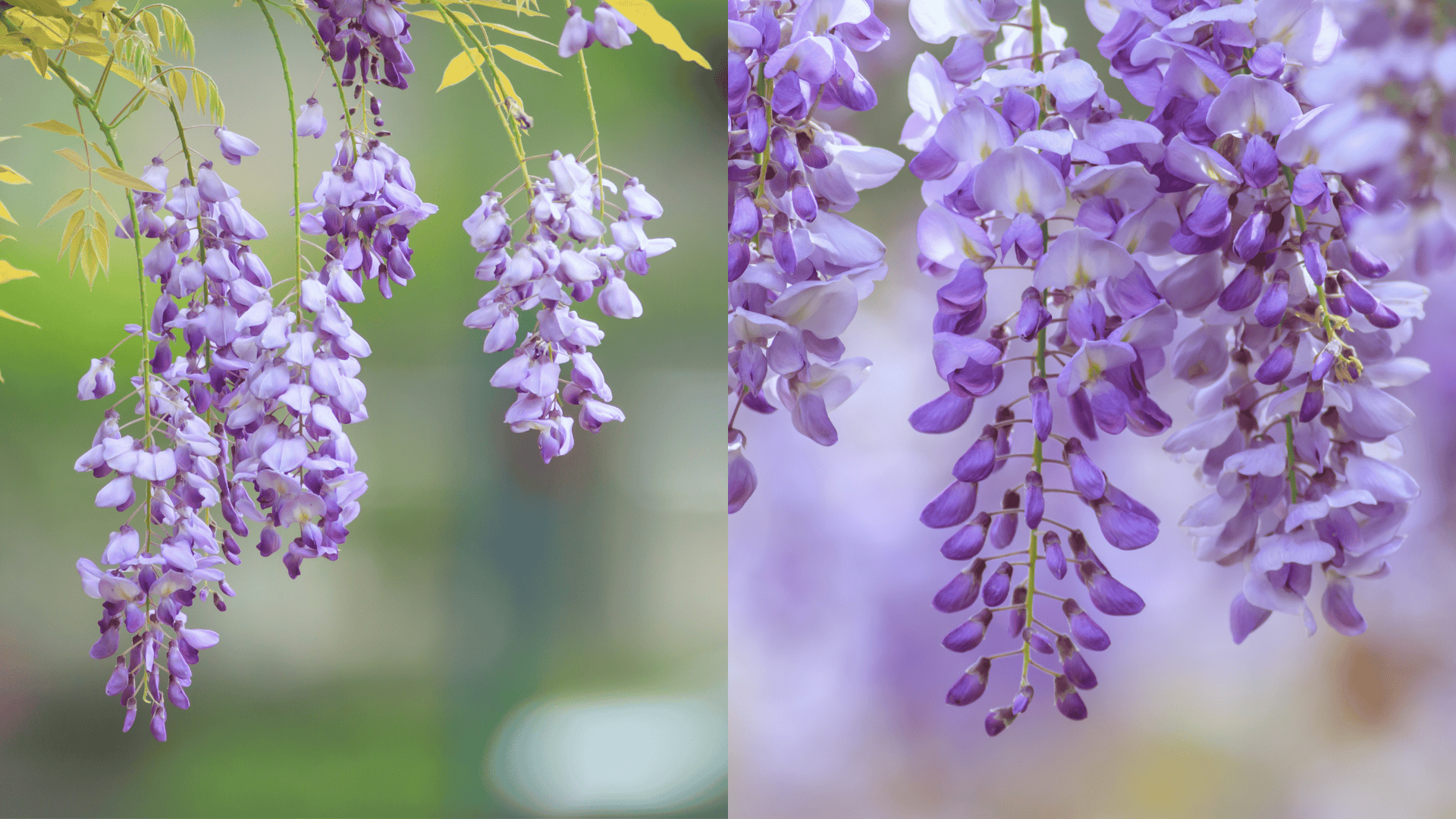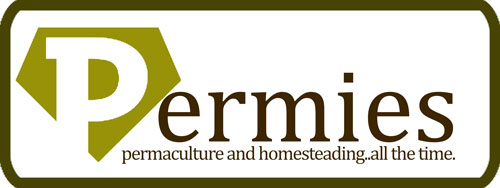Three years ago, I grew my first lettuce in a container on my apartment balcony.
That modest harvest taught me an important lesson: you don’t need acres of land to grow your own food.
Container gardening is perfect for urban dwellers and anyone with limited space.
You can grow fresh, organic lettuce on your balcony, patio, or windowsill while controlling exactly what goes into your food.
This guide shares practical tips I’ve learned from years of container growing to help you succeed from your very first planting.
Can You Grow Lettuce in Containers?
Yes, lettuce is one of the best vegetables for container gardening due to its shallow root system and compact growth habit.
Unlike tomatoes or peppers that need deep roots, lettuce thrives in relatively small spaces, making it perfect for balconies, patios, and even windowsills.
Container growing also gives you better control over soil quality, drainage, and pest management compared to traditional garden beds.
For beginners and experienced gardeners alike, container lettuce offers convenience, flexibility, and fresh harvests right at your doorstep.
Choosing the Right Containers
Selecting the appropriate container is crucial for growing healthy, productive lettuce.
The container size, material, and drainage directly impact root development, moisture retention, and overall plant health.
Here’s what to consider when choosing containers for your lettuce garden:
Size Matters
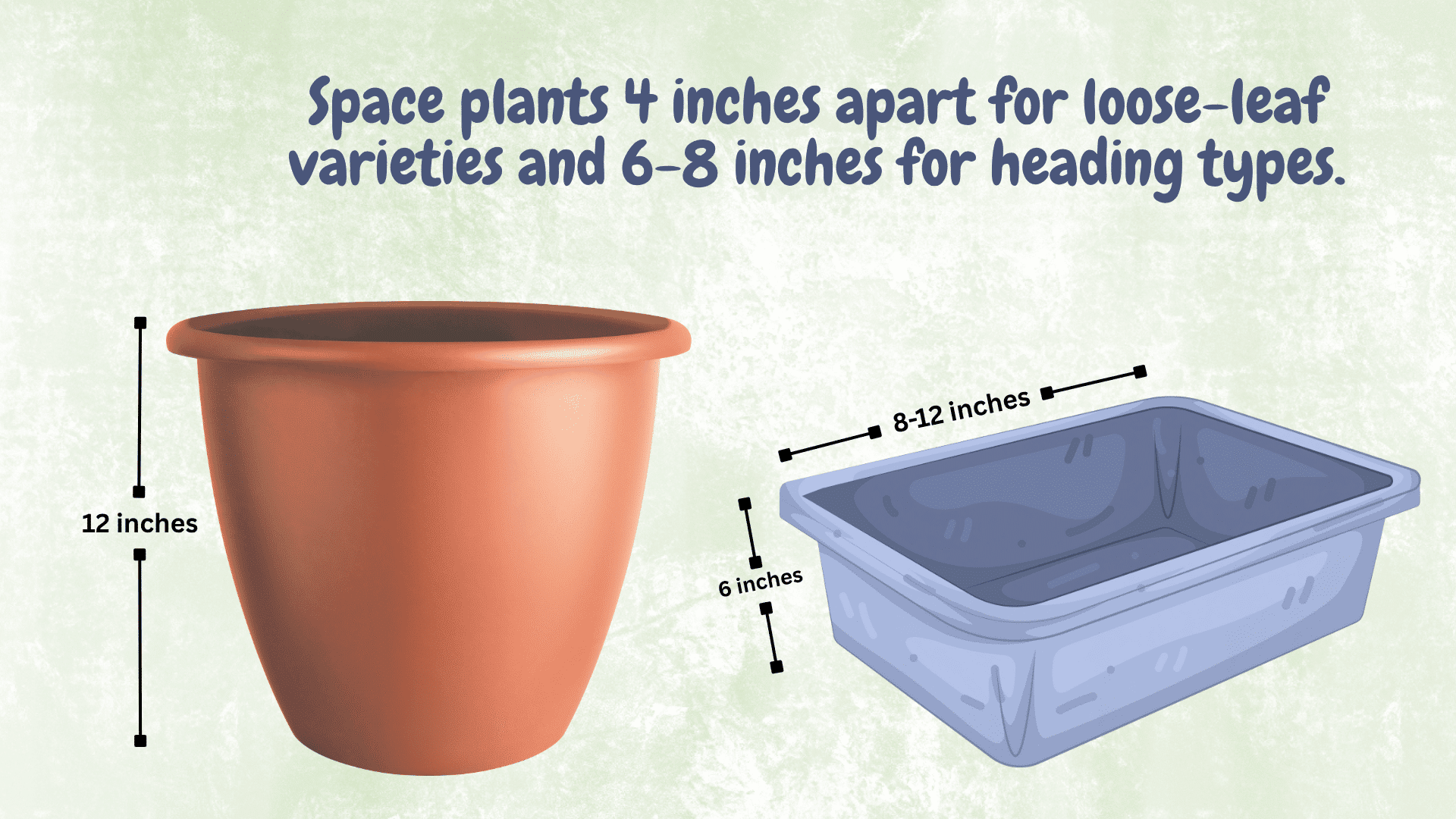
Container depth and width directly affect root development, moisture retention, and how many plants you can successfully grow together.
- Choose containers at least 6-12 inches deep.
- Leaf lettuce thrives in 6-8 inches, while Romaine and Butterhead need deeper pots.
- Space plants 4 inches apart for loose-leaf varieties and 6-8 inches for heading types.
- A 12-inch pot holds 3-4 plants comfortably.
Material Choices
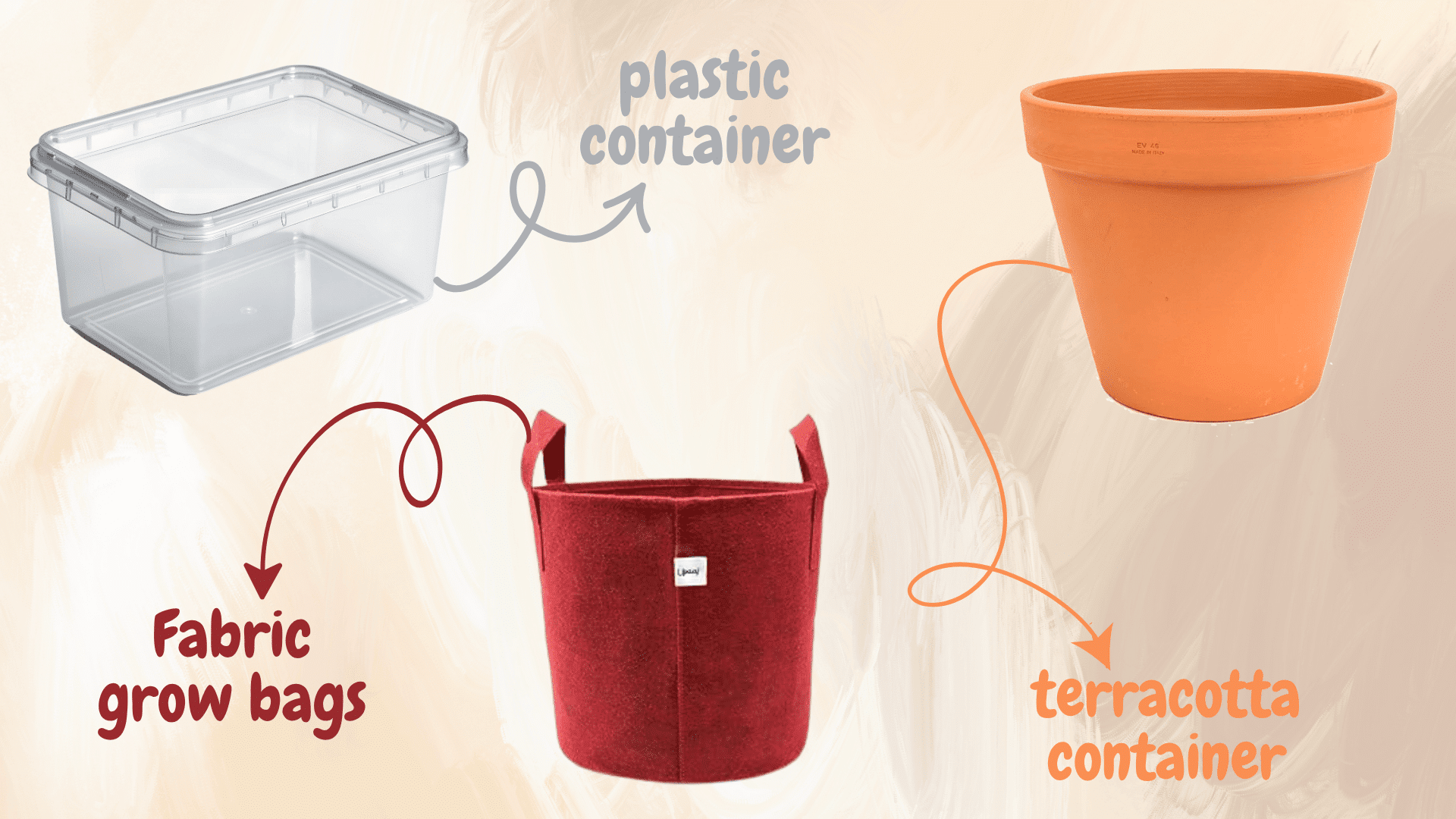
Each container material has distinct advantages and drawbacks that affect moisture retention, temperature regulation, and plant health.
- Plastic containers are lightweight, affordable, and retain moisture well, making them perfect for beginners.
- Terracotta pots breathe well but dry out faster.
- Fabric grow bags offer superior drainage and prevent root circling.
Tip: Always use containers with drainage holes to prevent root rot. If your container lacks holes, drill some or use it as a decorative outer sleeve.
Selecting Lettuce Varieties for the Containers
Choosing the right lettuce variety is essential for container success, as some types adapt better to the confined space and varying conditions of pot growing than others.
Not all lettuce varieties perform equally well in containers.
Here are the best options for successful container growing:
1. Romaine Lettuce
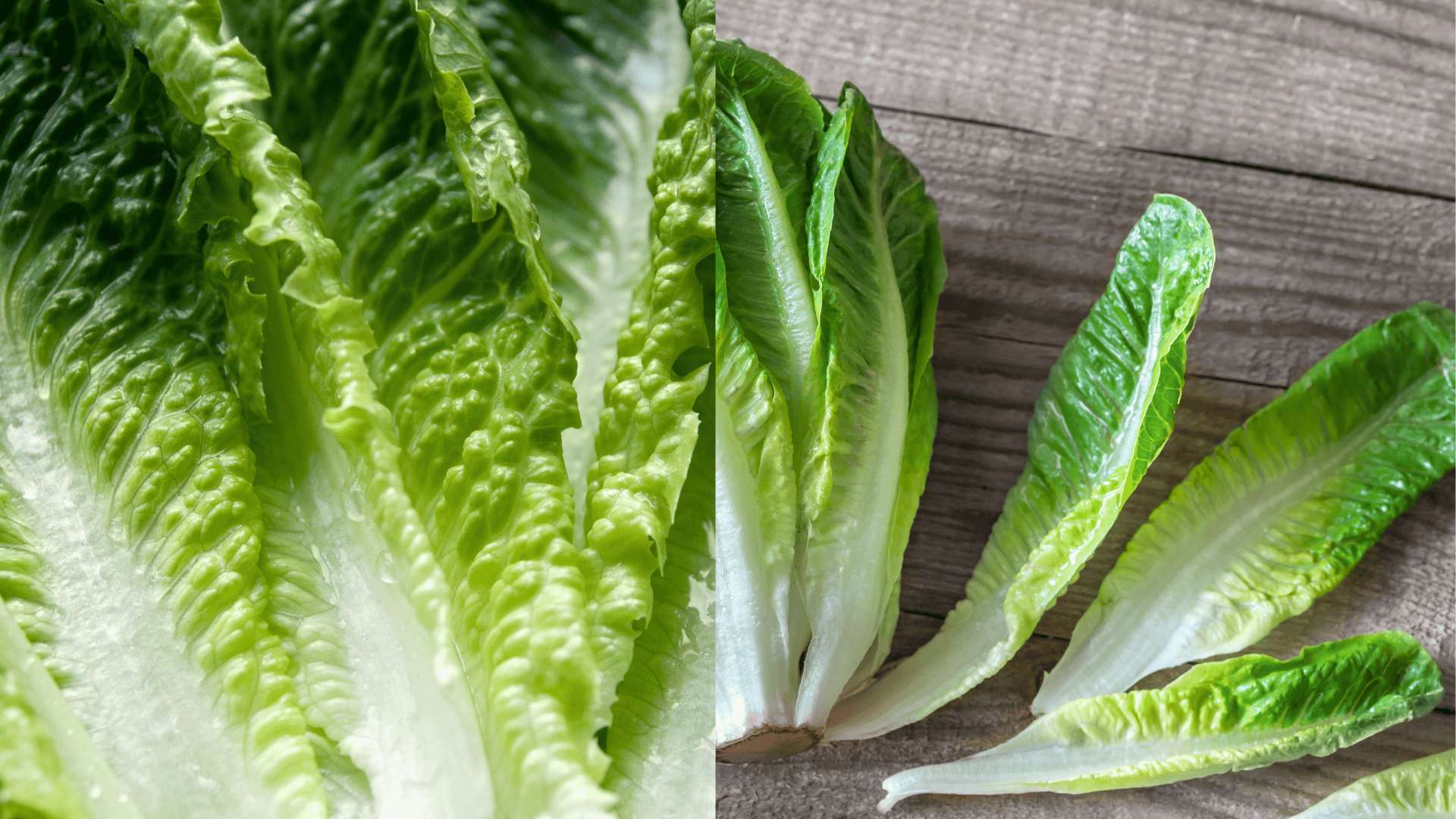
It forms upright heads with sturdy leaves and works beautifully in deeper containers.
Varieties like ‘Little Gem’ and ‘Paris Island’ are particularly well-suited for container growing, with ‘Little Gem’ being especially popular for smaller spaces.
Romaine takes 60-75 days to mature but offers excellent crunch, high nutritional value, and is ideal for Caesar salads and wraps.
2. Butterhead Lettuce
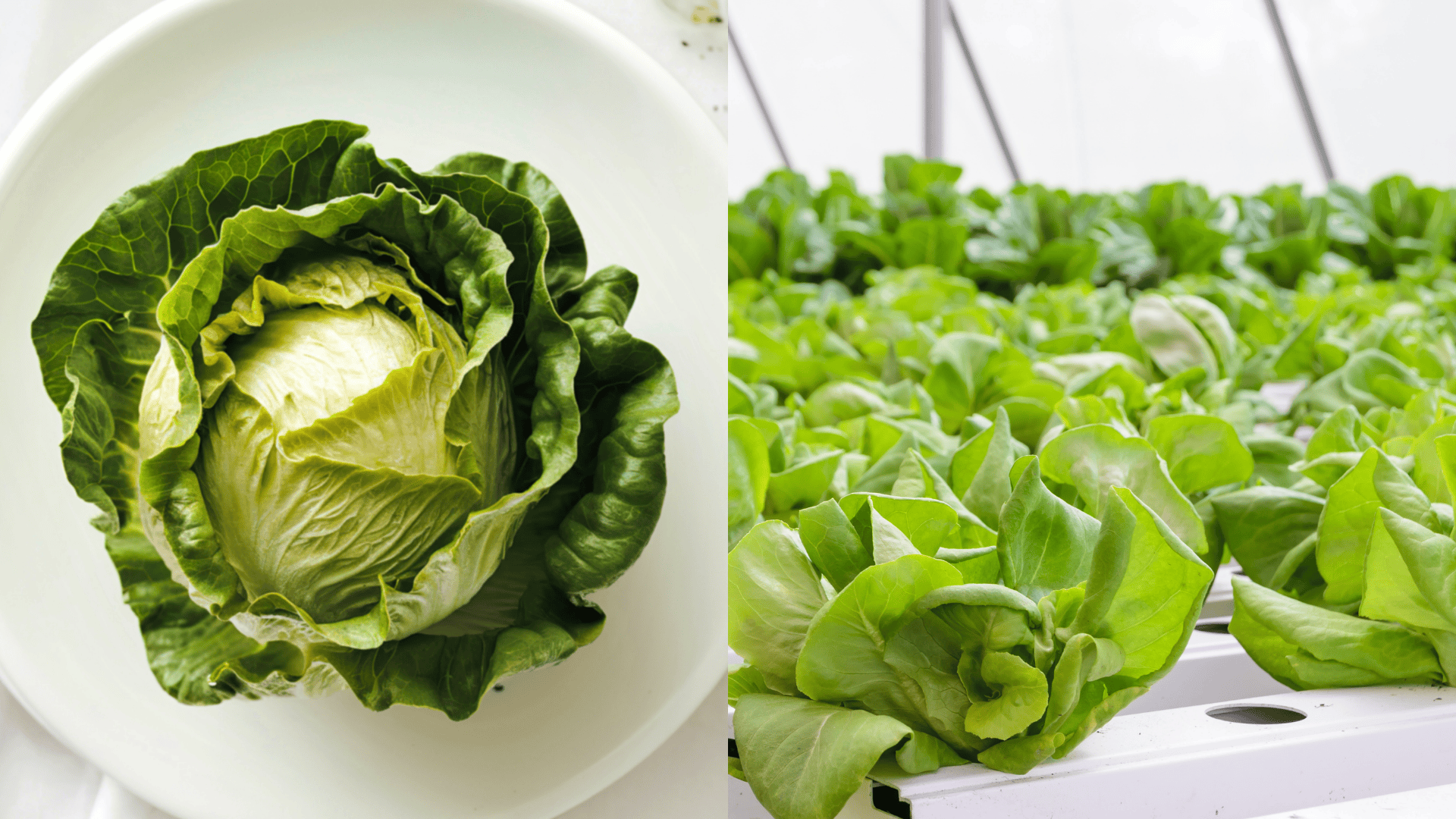
It produces tender, loosely formed heads with soft, delicate leaves and a sweet flavor.
‘Buttercrunch’ and ‘Tom Thumb’ are compact varieties that thrive in pots, maturing in 50-60 days.
Their buttery, silky texture makes them perfect for fresh salads with delicate vinaigrettes.
3. Leaf Lettuce
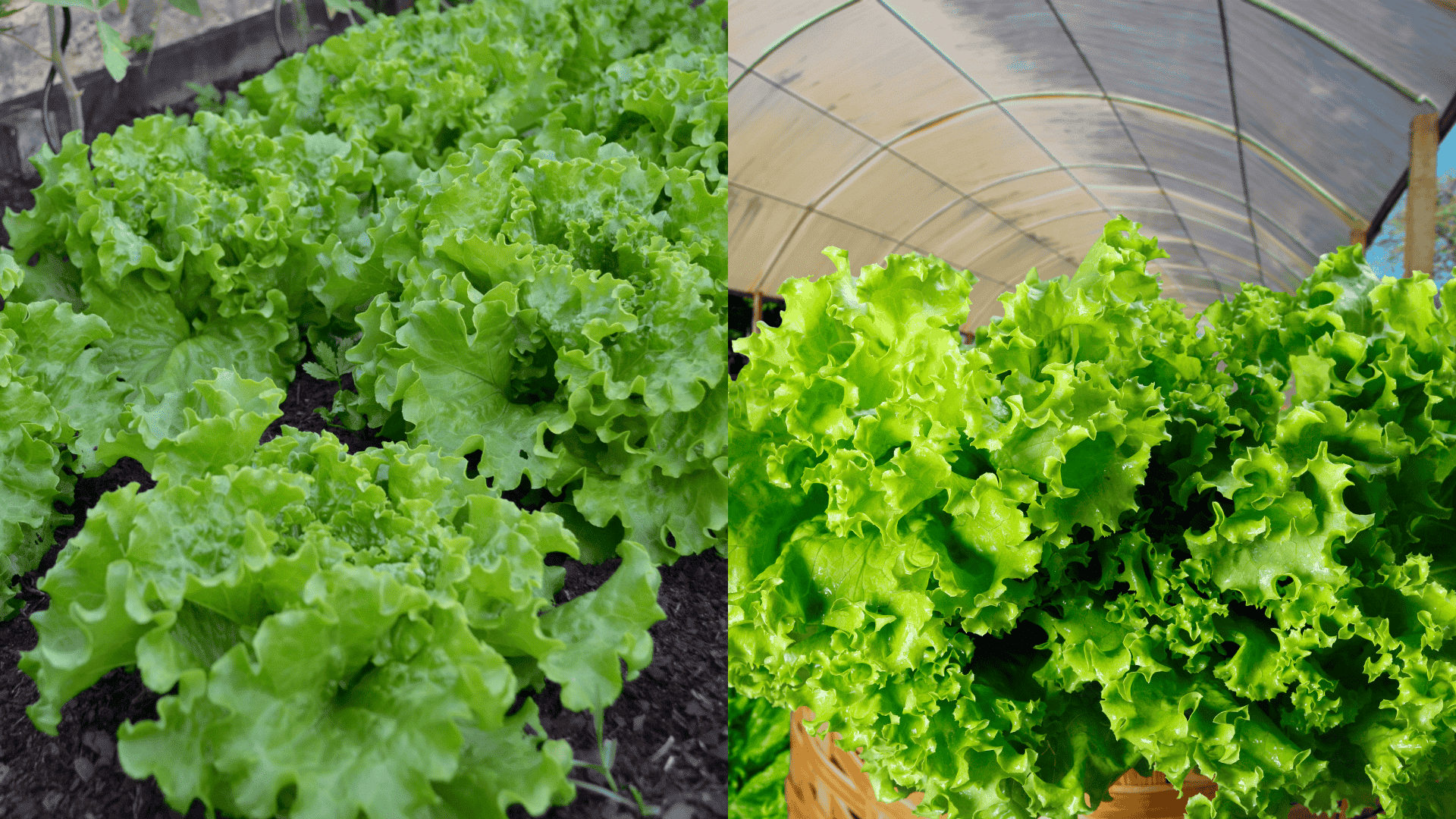
It is the top recommendation for beginners due to its forgiving nature and rapid growth.
Varieties like ‘Red Sails’, ‘Black Seeded Simpson’, and ‘Oak Leaf’ grow quickly, tolerate crowding better, and allow for continuous harvest.
Most leaf lettuce is ready in 30-45 days, comes in various colors, and is less likely to bolt in warm weather.
Planting, Care, and Pest Management for Growing Lettuce in Containers
Proper soil preparation, consistent watering, and pest management are essential for growing healthy, productive lettuce.
1. Soil Mix and Planting:
Never use garden soil in containers; it compacts easily and drains poorly.
Use a high-quality potting mix instead.
- 60% commercial potting soil
- 30% compost or worm castings
- 10% perlite or vermiculite
Add a balanced, slow-release organic fertilizer at planting time.
Plant seeds 1/4 inch deep and 1 inch apart, then thin to proper spacing once seedlings develop true leaves, or for transplants, plant at the same depth with the crown at soil level.
2. Watering and Sunlight:
- Keep soil evenly moist.
- Check daily and water at the base of plants.
- Hot weather may require twice-daily watering.
- Lettuce needs 4-6 hours of sunlight daily.
- Provide afternoon shade in hot climates.
- Indoor growers should use grow lights 6-12 inches above plants for 12-14 hours daily.
3. Pest and Disease Management:
- Common issues: Aphids cause distorted growth. Slugs and snails leave holes in leaves. Powdery mildew and leaf spot appear as white or brown spots.
- Prevention: Spray aphids with water or use insecticidal soap. Use copper tape or beer traps for slugs. Ensure proper spacing and water at the soil level.
Common Lettuce Container Mistakes and How to Avoid Them
Even experienced gardeners make mistakes when starting with containers, as growing conditions differ significantly from traditional garden beds.
The two most common errors, overcrowding and overwatering, account for the majority of failed lettuce crops in containers.
Both mistakes are easily preventable once you understand the warning signs and apply proper techniques.
| Mistake | Problem | Solution |
|---|---|---|
| Overcrowding | Plants compete for resources, causing weaker growth and poor air circulation that promotes disease. | Space plants 4-6 inches apart. Thin seedlings when they have 2-3 true leaves. |
| Overwatering | Causes yellow leaves, stunted growth, and root rot. Soil smells sour. | Use containers with drainage. Water thoroughly, then let the top inch of soil dry before watering again. |
Conclusion
Growing lettuce in containers is rewarding for all gardeners.
Use containers 6-12 inches deep with good drainage, select climate-appropriate varieties, maintain consistent moisture, provide 4-6 hours of sunlight, and avoid overcrowding.
Start with two or three containers and expand as you gain confidence.
Homegrown lettuce tastes better than store-bought and gives you complete control over your food.
What’s your experience with growing lettuce in containers?
Share your favorite varieties, biggest challenges, or best tips in the comments below.
Frequently Asked Questions
How Long Does It Take for Lettuce to Grow in Containers?
Leaf lettuce is ready in 30-45 days, Butterhead in 50-60 days, and Romaine in 60-75 days. You can harvest outer leaves earlier once they reach 4-6 inches.
Do I Need to Fertilize Container Lettuce?
Yes, container plants deplete nutrients faster. Mix slow-release fertilizer into soil at planting, then apply diluted liquid fertilizer (half-strength) every 2-3 weeks. Avoid over-fertilizing, which causes poor flavor.
Can I Grow Different Lettuce Varieties in the Same Container?
Absolutely! Mixing varieties adds visual interest and extends harvest. Combine fast and slow varieties or different colors. Ensure all have similar water and light needs, and maintain proper spacing.
